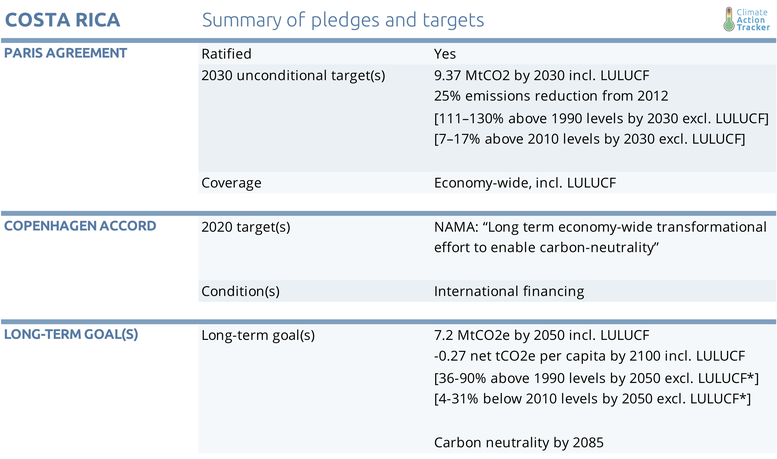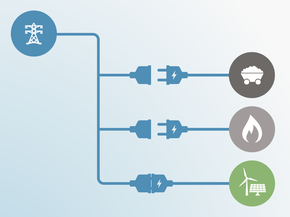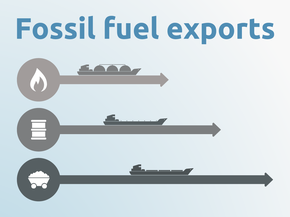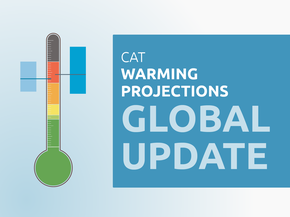Pledges And Targets
Summary table

Paris Agreement targets
Costa Rica’s NDC includes a target of 9.37 MtCO2e emissions in 2030 and an indicative emissions level of 10.9 MtCO2e emissions by 2021 (including LULUCF with global warming potentials, GWPs, from the IPCC’s Second Assessment Report, SAR). The CAT estimates the targets to be 13.3 MtCO2e excluding LULUCF for the 2021 projections and between 13.7 MtCO2e and 15 MtCO2e excluding LULUCF for 2030 in GWPs from the IPCC’s fourth assessment report (see “Assumptions” section for details). For 2030, this is equivalent to between 111% and 130% above 1990 levels excluding LULUCF. Costa Rica additionally set a per capita emissions target of 1.73 tCO2e in 2030.
2020 pledge
Costa Rica communicated that it will implement a “long-term economy-wide transformational effort to enable carbon-neutrality”, that is, to have zero net emissions including LULUCF (UNFCCC, 2011). It added that this target will help Costa Rica to significantly deviate from ‘business as usual’ emission scenarios from now until 2021 and beyond. In its previous assessments, the CAT interpreted this target to mean carbon neutrality by 2021, based on the National Climate Change Strategy (ENCC) from 2008 (Ministerio de Ambiente Energia y Telecommunicaciones, 2009).
However, in their NDC (Ministerio de Ambiente y Energía, 2015b) Costa Rica gives a completely different interpretation of their carbon neutrality goal, namely being carbon neutral by 2085, starting in 2021. Indeed, according to the NDC, the definition of carbon neutrality by 2021 is completely redefined and changed to “(achieve) total net emissions comparable to total emissions in 2005”. The reasons for the change in the interpretation of the pledge, which in practical terms means a delay in climate action of 64 years, are unclear. Compared to the pledge, however, the NDC is more precise. The NDC provides exact net emission projections for 2021 (13.9 MtCO2e in GWPs from AR4). Since the NDC—the most recent document—clarifies that the target year for carbon neutrality is 2085, we disregard the previously announced target.
Long-term goal
Costa Rica’s NDC also has a long-term target aiming at keeping emissions below 5.96 MtCO2e by 2050 including LULUCF (Ministerio de Ambiente y Energía, 2015b). Costa Rica additionally sets per capita emissions targets of 1.19 tCO2e in 2050, and - 0.27 tCO2e in 2100. We have estimated a range for the 2050 target based on our assumptions of LULUCF projections given that Costa Rica only provided LULUCF projections until 2030 (see “Assumptions” section for details). We do not include the 2100 target in our analysis.
Further analysis
Latest publications
Stay informed
Subscribe to our newsletter







